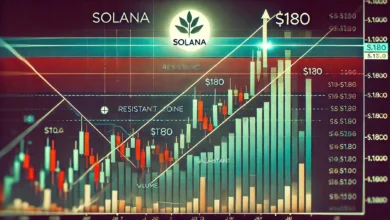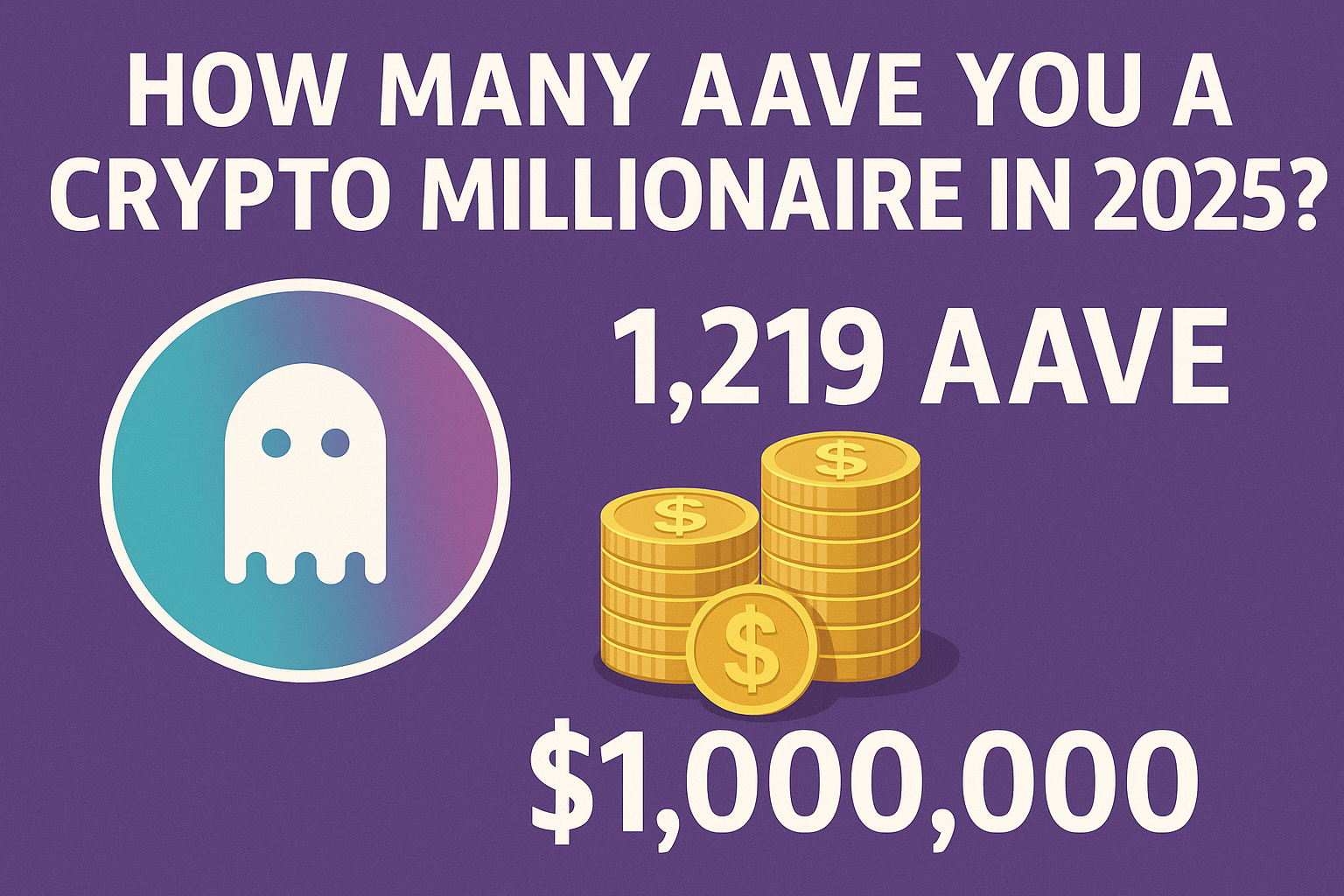
The global financial landscape is experiencing a seismic shift as stablecoins emerge as the dominant force in cross-border payments. With the stablecoin market reaching unprecedented levels of concentration, financial institutions, businesses, and individuals worldwide are witnessing a fundamental transformation in how international transactions are conducted. This digital currency revolution is not merely a technological advancement; it represents a paradigm shift that challenges traditional banking systems and offers unprecedented opportunities for financial inclusion.
Stablecoin market concentration has become increasingly pronounced, with major players like Tether (USDT), USD Coin (USDC), and Binance USD (BUSD) commanding substantial market share. This concentration, while raising concerns about systemic risks, has simultaneously accelerated the adoption of digital currencies in international remittances and global commerce. The implications extend far beyond simple currency exchange, touching every aspect of international finance from trade settlement to humanitarian aid distribution.
The intersection of stablecoin dominance and cross-border payment solutions represents one of the most significant developments in modern finance. Unlike traditional payment systems that often require multiple intermediaries, lengthy processing times, and substantial fees, stablecoin-based transactions offer near-instantaneous settlement, reduced costs, and enhanced transparency. This efficiency has made stablecoins particularly attractive for businesses engaged in international trade and individuals seeking cost-effective global payment systems.
As we delve deeper into this transformative landscape, it becomes clear that the current cryptocurrency market dynamics are reshaping not only how we think about money but also how we conceptualise financial sovereignty and monetary policy. The rise of digital asset payments through stablecoins is creating new opportunities while simultaneously presenting regulatory challenges that governments worldwide are scrambling to address.
Stablecoin Market Concentration
The Current Landscape of Market Dominance
Stablecoin market concentration has reached unprecedented levels, with the top three stablecoins controlling approximately 90% of the total market capitalisation. This concentration reflects both the network effects inherent in digital currencies and the trust premium associated with established players in the cryptocurrency ecosystem.
Tether (USDT) maintains its position as the dominant force, representing over 65% of the total stablecoin market cap. This dominance stems from its first-mover advantage and widespread adoption across global cryptocurrency exchanges. USD Coin (USDC), backed by Circle and Coinbase, has established itself as the primary competitor, appealing to institutions seeking greater regulatory clarity and transparency.
The concentration phenomenon in digital currency markets creates both opportunities and risks. While it facilitates liquidity and interoperability, it also raises concerns about systemic risks and the potential for market manipulation. This concentration has significant implications for cross-border payments, as the reliability and stability of these dominant stablecoins directly impact the efficiency of international transactions.
Factors Driving Market Concentration
Several key factors contribute to the increasing concentration of the stablecoin market. Network effects play a crucial role, as businesses and individuals prefer to use widely accepted stablecoins to ensure compatibility across different platforms and services. This preference creates a self-reinforcing cycle where dominant stablecoins become even more entrenched in the market.
Regulatory clarity and compliance also influence market concentration. Stablecoins that demonstrate substantial compliance with regulatory requirements tend to attract institutional adoption, further solidifying their market position. The blockchain payment infrastructure supporting these dominant stablecoins becomes more robust and widely integrated, creating additional barriers to entry for new competitors.
Trust and transparency represent fundamental drivers of market concentration in the stablecoin ecosystem. Users gravitate toward stablecoins with clear auditing practices and transparent reserve management, contributing to the dominance of established players who have invested heavily in compliance and transparency measures.
Cross-Border Payment Transformation

Traditional Systems vs. Stablecoin Solutions
The contrast between traditional cross-border payment systems and stablecoin-based solutions highlights the revolutionary potential of digital currencies. Traditional international transfers often involve multiple correspondent banks, complex compliance procedures, and settlement times that range from several hours to several days. These systems also impose substantial fees, usually ranging from 3% to 8% of the transaction value.
Stablecoin cross-border payments offer a dramatically different experience. Transactions can be completed in minutes rather than days, with fees typically under 1% of the transaction value. This efficiency stems from the decentralised nature of blockchain networks, which eliminates the need for multiple intermediaries while maintaining security and transparency.
The digital payment infrastructure supporting stablecoins operates 24/7, unlike traditional banking systems that are constrained by business hours and holidays. This continuous operation is particularly beneficial for businesses operating across multiple time zones and for individuals who need to send emergency remittances to family members abroad.
Impact on Global Remittances
International remittances represent one of the most significant applications of stablecoin technology in cross-border payments. The World Bank estimates that global remittance flows exceed $700 billion annually, with traditional providers charging substantial fees that disproportionately impact low-income recipients.
Stablecoin-based remittance services are disrupting this market by offering significantly lower costs and faster settlement times. Recipients can access funds within minutes of initiation, compared to the days required by traditional money transfer services. This speed is particularly crucial in emergencies where recipients need immediate access to funds.
The financial inclusion potential of stablecoin remittances extends beyond cost and speed improvements. Many recipients in developing countries lack access to traditional banking services but have access to smartphones and internet connectivity. Stablecoin wallets can serve as digital bank accounts, enabling recipients to store, transfer, and spend their remittances without requiring a traditional bank account.
Market Dynamics and Competitive Landscape
Key Players and Market Share Analysis
The stablecoin competitive landscape is dominated by several key players, each with distinct characteristics and market positioning. Tether (USDT) continues to lead with its extensive exchange integration and high liquidity across multiple blockchain networks. USD Coin (USDC) has positioned itself as the institutional-grade alternative, emphasising regulatory compliance and transparency.
Cryptocurrency market trends indicate growing institutional interest in stablecoins for corporate treasury management and cross-border transactions. This institutional adoption is driving demand for stablecoins that offer enhanced compliance features, audit trails, and integration with traditional financial systems.
Emerging players in the stablecoin ecosystem are focusing on specific use cases such as programmable money, yield-generating stablecoins, and region-specific solutions. These innovations are contributing to market diversification while the core payment functionality remains concentrated among established players.
Technological Innovation and Infrastructure
The blockchain payment infrastructure supporting stablecoins continues to evolve rapidly, with improvements in scalability, interoperability, and user experience. Layer-2 solutions and cross-chain bridges are addressing scalability concerns while maintaining the security benefits of established blockchain networks.
Digital asset payment systems are becoming increasingly sophisticated, incorporating features such as programmable compliance, automated reporting, and integration with traditional accounting systems. These developments are facilitating enterprise adoption and enabling more complex use cases for stablecoin-based payments.
The evolution of decentralised finance (DeFi) protocols is creating new opportunities for stablecoin utilisation beyond simple payments. Yield farming, liquidity provision, and automated market making are generating additional demand for stablecoins while creating more robust liquidity pools for cross-border payment applications.
Regulatory Landscape and Compliance
Global Regulatory Approaches
The regulatory treatment of stablecoins varies significantly across jurisdictions, creating a complex compliance landscape for issuers and users. The United States has taken a cautious approach, with multiple agencies guiding while comprehensive legislation remains under development. The European Union’s Markets in Crypto-Assets (MiCA) regulation offers a more definitive framework for stablecoin operations within EU member states.
Regulatory compliance in the stablecoin space requires adherence to anti-money laundering (AML) and know-your-customer (KYC) requirements, reserve auditing standards, and operational transparency mandates. These requirements are driving consolidation in the market as smaller players struggle to meet increasingly stringent compliance obligations.
The global regulatory environment for stablecoins is evolving toward greater standardisation, with international bodies such as the Financial Stability Board (FSB) and the International Organisation of Securities Commissions (IOSCO) developing frameworks for cross-border cooperation and regulatory harmonisation.
Implications for Market Structure
Regulatory developments are significantly influencing the stablecoin market concentration by creating barriers to entry and favouring established players with robust compliance infrastructures. New entrants must invest substantial resources in regulatory compliance before launching their products, while existing players with established compliance frameworks can more easily adapt to new requirements.
The cryptocurrency regulatory framework is also impacting the geographic distribution of stablecoin activity, with some jurisdictions becoming more attractive for innovation while others impose restrictions that limit local adoption. This regulatory arbitrage is contributing to the concentration of stablecoin activity in favourable jurisdictions.
Future Outlook and Implications
Technological Developments
The future of stablecoin technology holds promise for continued innovation in areas such as central bank digital currencies (CBDCs), improved scalability solutions, and enhanced privacy features. These developments will likely impact market concentration patterns and competitive dynamics within the digital currency ecosystem.
Blockchain interoperability solutions are expected to reduce the advantages associated with network effects, potentially leading to greater market fragmentation as users can more easily switch between different stablecoin networks. This increased interoperability may challenge the current concentration trends while enabling more specialised stablecoin solutions.
Market Evolution
The stablecoin market is expected to continue growing rapidly, driven by increasing adoption of digital payments and the ongoing digitisation of traditional financial services. This growth is likely to attract new entrants, while existing players consolidate their positions through strategic partnerships and technological advancements.
Cross-border payment innovation will continue to be a primary driver of stablecoin adoption, with businesses and individuals increasingly recognising the benefits of blockchain-based payment solutions. The integration of stablecoins with traditional banking infrastructure will facilitate broader adoption while maintaining the efficiency benefits of digital currency systems.
Conclusion
The convergence of stablecoin market concentration and cross-border payments represents a fundamental transformation in global finance. While market concentration raises essential questions about systemic risks and competition, it has also facilitated the rapid adoption of digital currency solutions that offer significant improvements over traditional payment systems.
The stablecoin ecosystem continues to evolve rapidly, driven by technological innovation, regulatory developments, and growing user adoption. As these trends continue, we can expect further changes in market structure, competitive dynamics, and regulatory frameworks that will shape the future of international finance.
The implications extend far beyond simple payment processing, touching areas such as financial inclusion, monetary policy, and global economic stability. Understanding these dynamics is crucial for businesses, policymakers, and individuals seeking to navigate the evolving landscape of digital asset payments and international finance.
FAQs
Q. What are the main risks associated with stablecoin market concentration?
Stablecoin market concentration creates several risks, including systemic vulnerabilities, potential market manipulation, and reduced competition. If a dominant stablecoin experiences technical issues or regulatory problems, it could significantly impact global cross-border payment systems and cause market instability.
Q. How do stablecoin cross-border payments compare to traditional wire transfers in terms of cost and speed?
Stablecoin cross-border payments typically cost less than 1% of transaction value and settle within minutes, while traditional wire transfers can cost 3-8% and take 1-5 business days. The digital payment infrastructure supporting stablecoins operates continuously, unlike conventional banking systems, which have limited operating hours.
Q. Which regulatory frameworks are most important for stablecoin operations?
Key regulatory frameworks include the EU’s MiCA regulation, US federal and state guidelines, and emerging standards from international bodies like the FSB. Regulatory compliance requirements typically cover reserve backing, auditing, AML/KYC procedures, and operational transparency standards.
Q. Can stablecoins completely replace traditional cross-border payment systems?
While stablecoins offer significant advantages, complete replacement of traditional systems is unlikely in the near term. Integration between blockchain payment infrastructure and existing financial systems is more probable, with stablecoins serving as a complementary technology that enhances efficiency and reduces costs.
Q. What factors should businesses consider when choosing a stablecoin for international payments?
Businesses should evaluate factors including regulatory compliance, market liquidity, blockchain network reliability, integration capabilities, and cost structure. Stablecoin market concentration means focusing on established players like USDT and USDC often provides better liquidity and acceptance, though specific use cases may benefit from specialised alternatives.
See More: How Bahrain’s Regulation Could Shape Crypto in the Middle East









